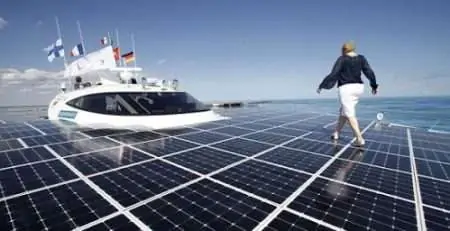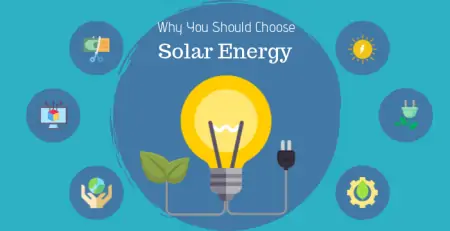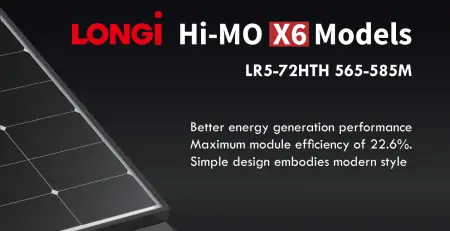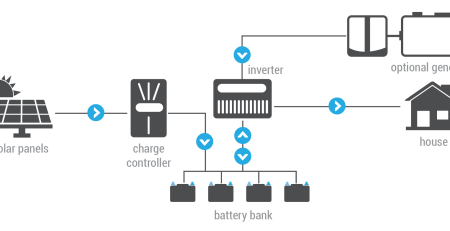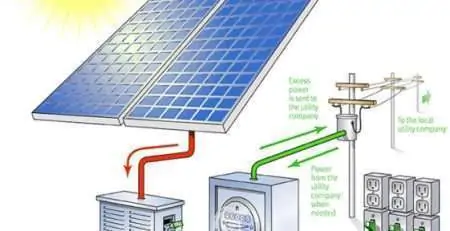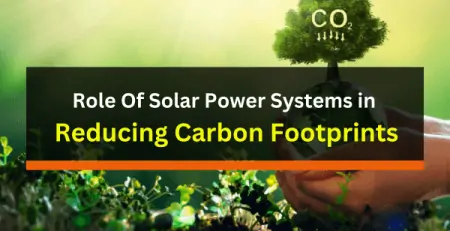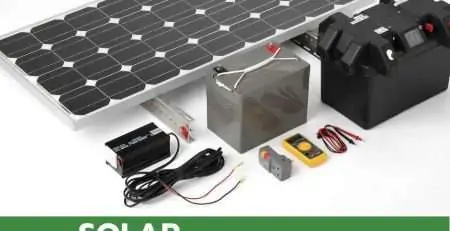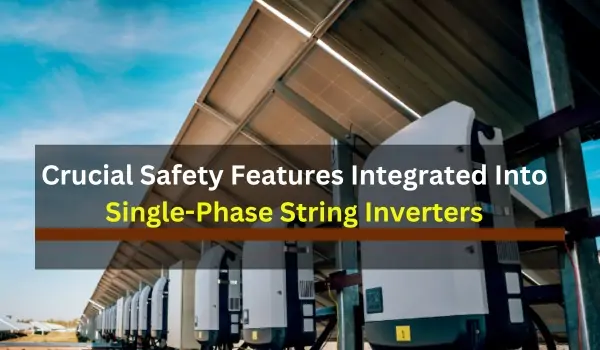
What Are The Crucial Safety Features Integrated Into Single-Phase String Inverters?
powernsun2023-11-20T19:01:34+04:00Safety is essential for energy storage devices, especially inverters. When you have a true understanding of the uninterrupted energy flow, then you are sure to know of inverters. They are the brighter solutions to rescue you from the moments of power outages and blackout days. When it comes to single-phase string inverters, they come with a comprehensive suite of embedded safety features. All such safety features are ensured to comply with the latest stringent safety standards of the industry.
Here in this blog, let us look into the important safety features that are integrated into Single-Phase String Inverters that you typically find in the market.
What are Single-Phase String Inverters?
Single-phase string inverters are a kind of inverters used in PV systems. They are generally used to convert the direct current (DC) produced by the solar panels into usable alternating current (AC). These inverters are most commonly useful for residential and small commercial purposes. Since it operates on a single-phase power supply, the device holds the name as the Single-Phase String Inverter. On the other hand, the term string indicates the potential to connect multiple solar panels in series, meaning to form a string. This converts combined DC power output into AC power.
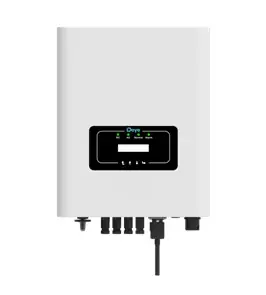
Function of Single-phase String Inverters
Single-phase string inverters are an important part of any solar power system. Single-phase string inverters carry out power conversion on series-connected photovoltaic panels and are performed using a process called pulse-width modulation (PWM). In this pulse-width modulation process, the DC power generated from the solar panels will get split into a series of pulses. The width of these pulses will be then adjusted by the inverter in order to control the power that is delivered to the grid.
Safety features of Single-phase string inverters
Inverters can become dangerous if not properly maintained. Hence, it is essential that you pay attention to the safety features integrated into the single-phase string inverter that you buy. Here we have listed some of the crucial safety features that protect both your inverter and appliances.
Over-voltage protection
If the protected DC voltage of the inverter is higher than the set maximum value, then this overvoltage protection feature in the single-phase string inverters cuts off the power supply or lowers the voltage of the inverter. Typically, the inverters will monitor the DC input from the solar panels. There are built-in mechanisms within the inverters to assess the amount of voltage. If there is any discrepancy in the level or it exceeds the safe operating range, then the inverter cuts off the connection to the grid, thus protecting damages to the system.
Overcurrent protection
If the output current of the device is higher than a specific threshold, the inverter will report an overcurrent fault. This in return will immediately block the pulse output, and thus serve as an ideal way to protect the system from damage.
If there is a short circuit on the grid side, the string inverter will stop the power supply to the grid and give a warning signal. Once this fault is identified and rectified, removed, the inverter will be back to normal function.
Surge Protection
The surge protection feature integrated into the single-phase string inverters offers critical protection against the dangers of transient voltage damage. The surge protection feature delivers protection for sensitive electrical equipment within the solar system from overvoltages, which when not present can lead to reduced life expectancy and even permanent failure. With the risk of lightning and overvoltage situations continuing with solar systems, the need for crucial surge protection in inverters becomes necessary.
Over temperature Protection
When the internal temperature of the inverter exceeds a safe value, then it will either reduce power output or shut down the device automatically, thus safeguarding the internal components from thermal damage. The potential causes for high temperatures can be faulty components, overvoltage at the supply, overloading, malfunctioning in the cooling system, or blocked ventilation.
Reverse Polarity Protection
If the polarity of the PV array is reversed, then the single-phase string inverters will detect such reverse polarity connections and protect against the consequences. This protective feature of the inverters makes sure that the DC input from the solar system is appropriately connected to the inverter. After the polarity is connected, the inverter will work properly.
Islanding Protection
Single-phase string inverters are embedded with unplanned island protection functions. When there is an unplanned islanding effect, the inverter will stop feeding power to the grid and it starts issuing an alarm signal. If a power outage is detected, the inverter will shut off. This protection feature is critical to ensure the safety of utility workers working on the grid during an outage.
Single-phase string inverters with the best safety features from Powernsun
If you are looking for unmatched performance from your inverters, then it is essential that they should have the best-in-class safety features integrated into them. The right step for this begins with buying inverters from a reliable single-phase inverter supplier. Powernsun takes pride in offering customers top-quality solar inverter solutions from reliable brands such as DEYE, Sungrow, Solplanet, SMA, INVT and more, that are completely affordable.
Single-phase string inverters are affordable solutions for your PV systems in converting DC power into AC power. When they are the simple yet powerful choice for small to medium-sized solar systems, buying from the best dealer makes sense and the decision becomes brilliant when you shop with Powernsun.

